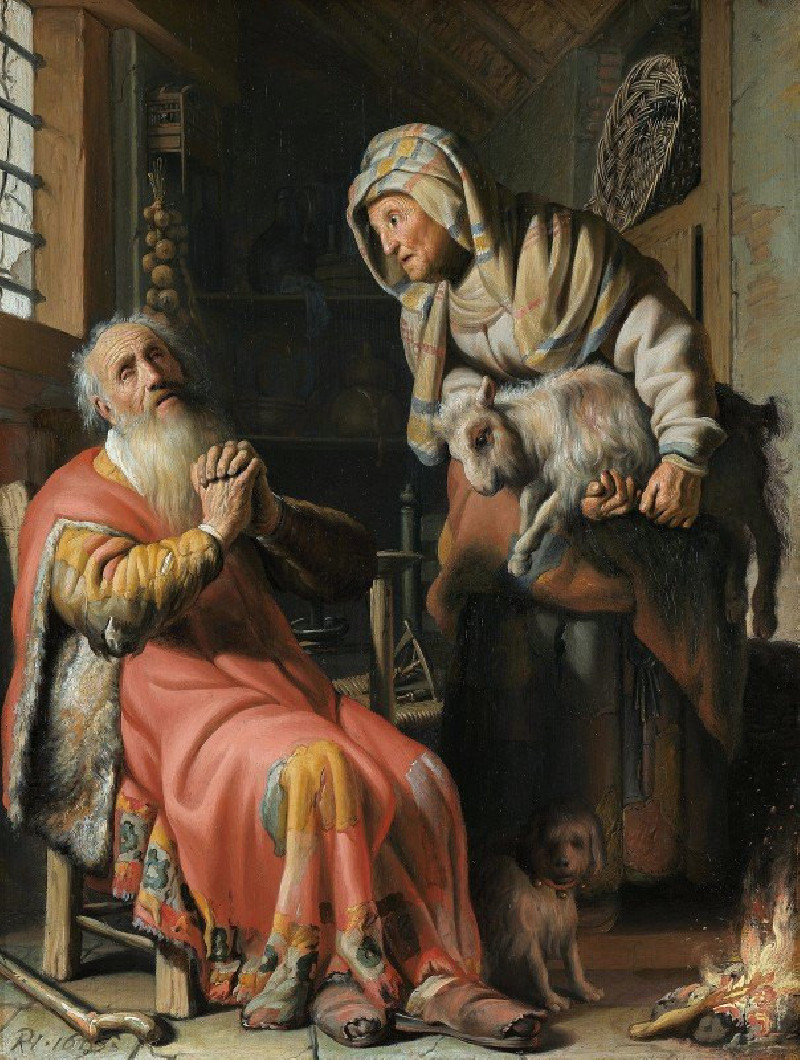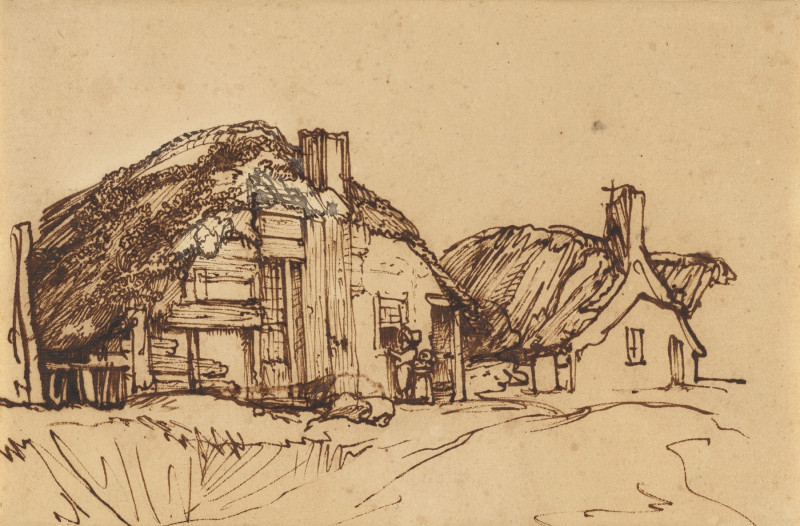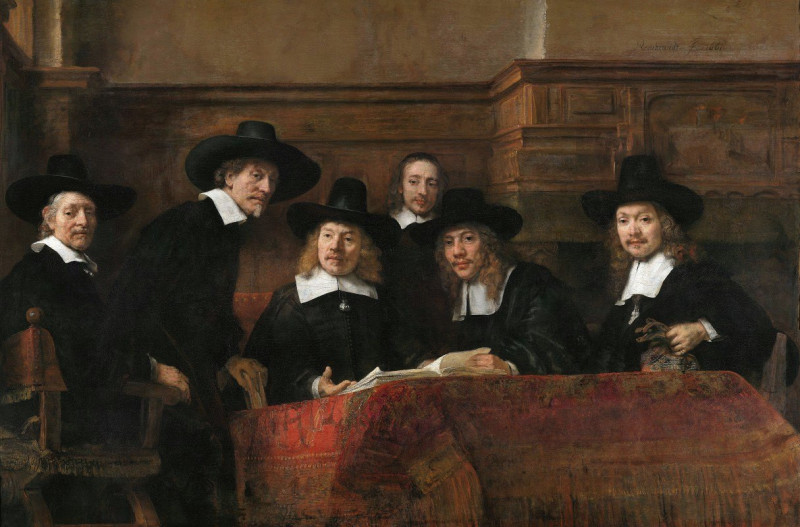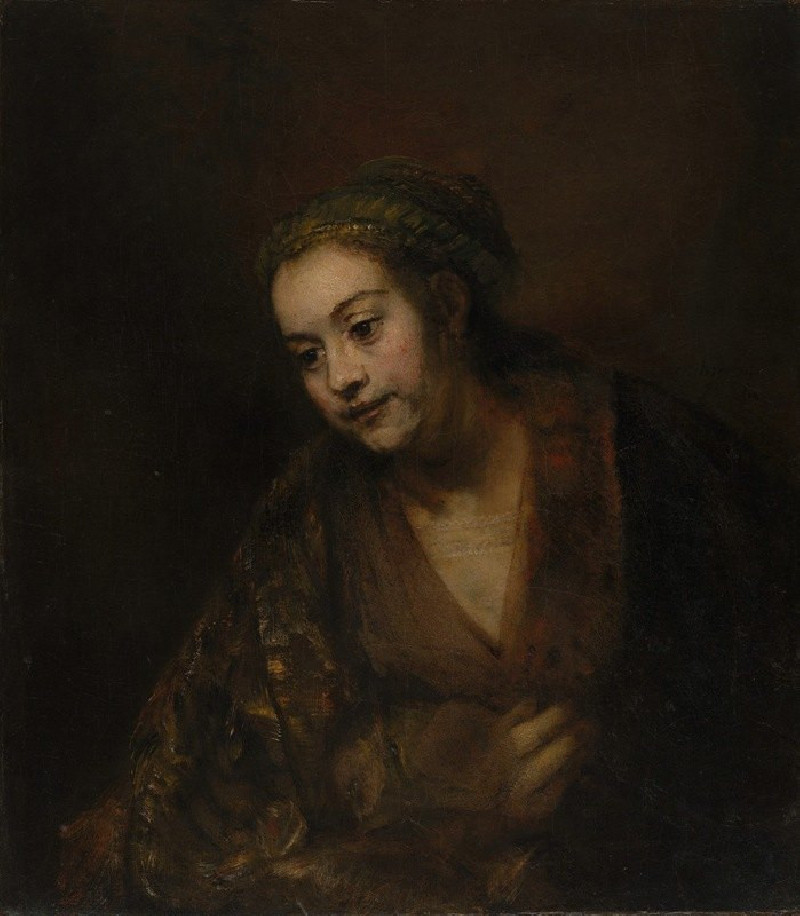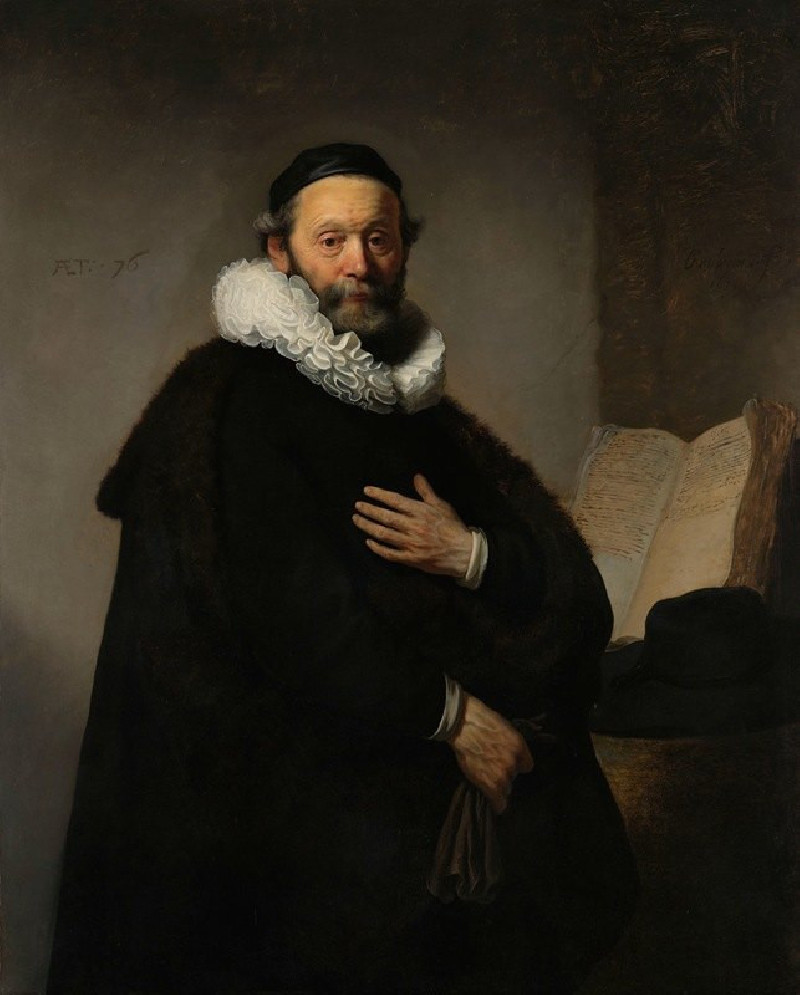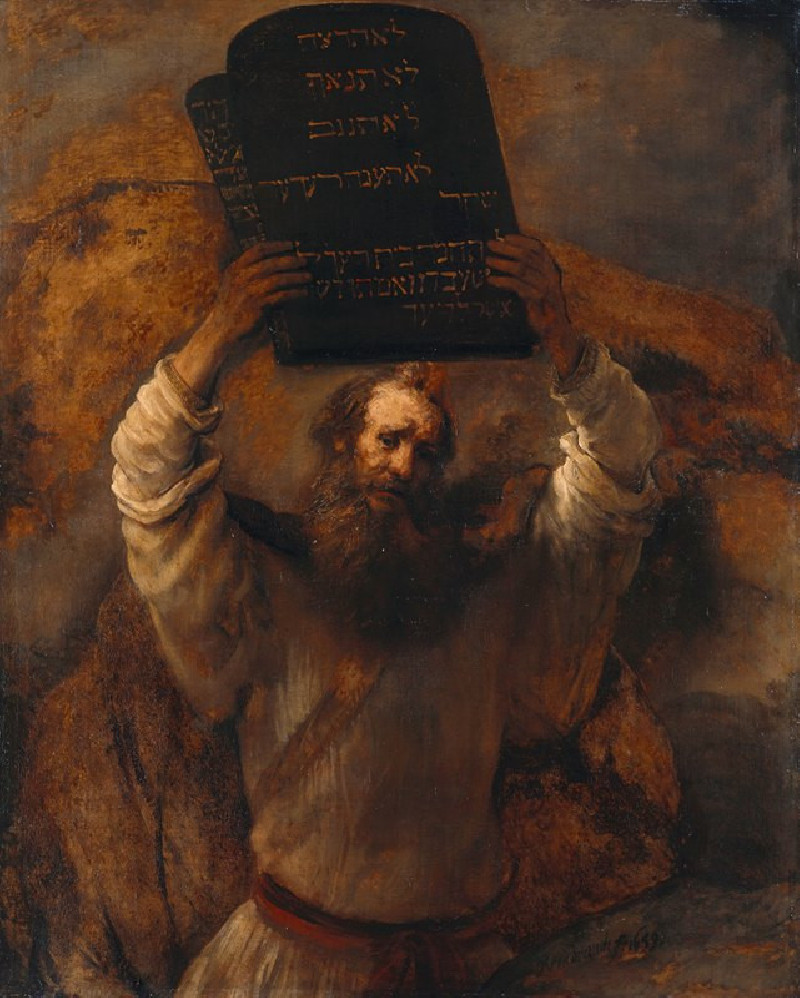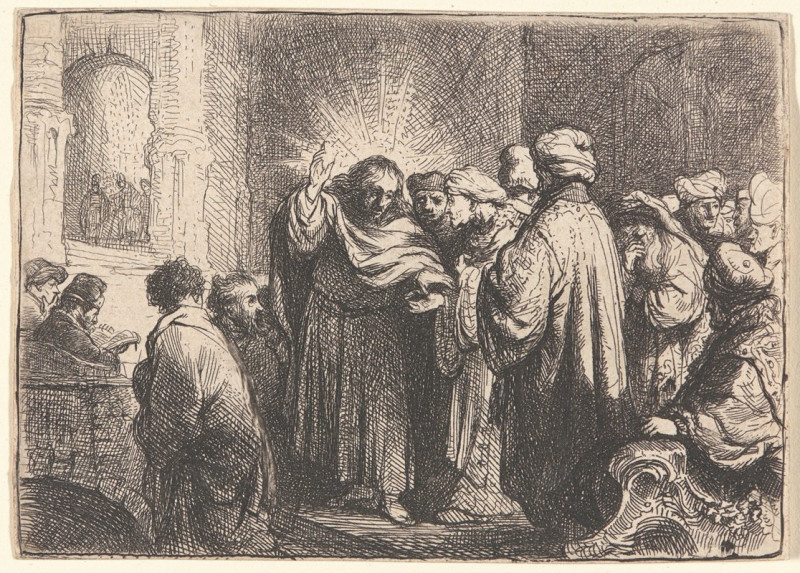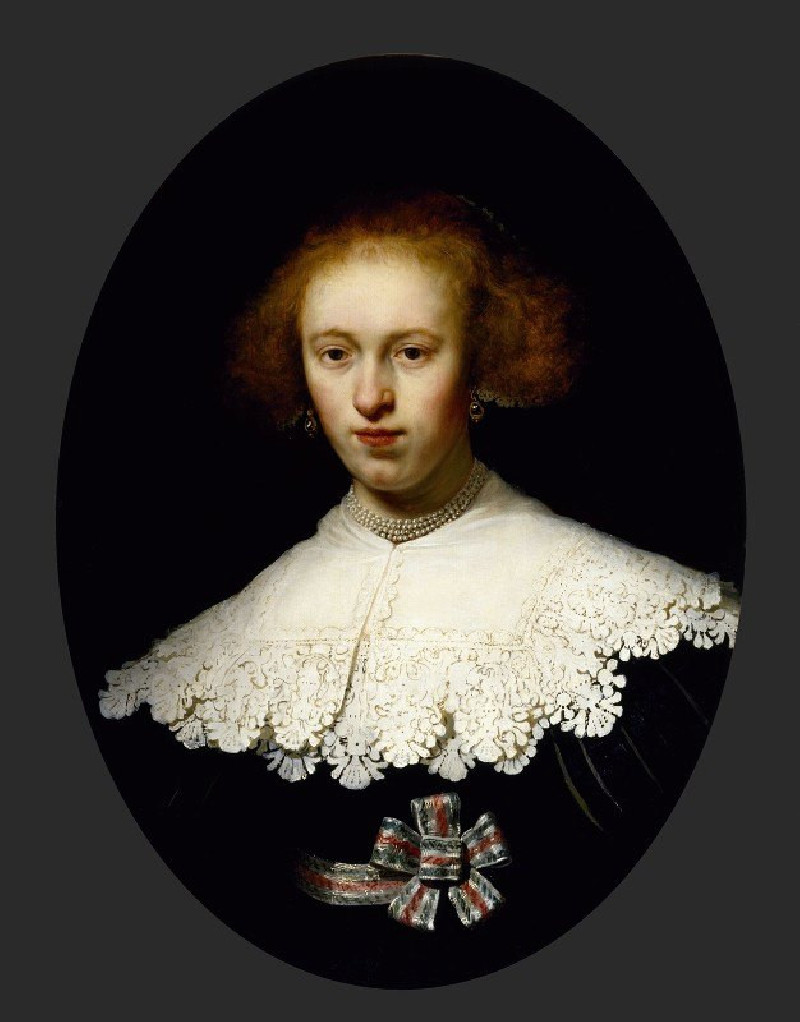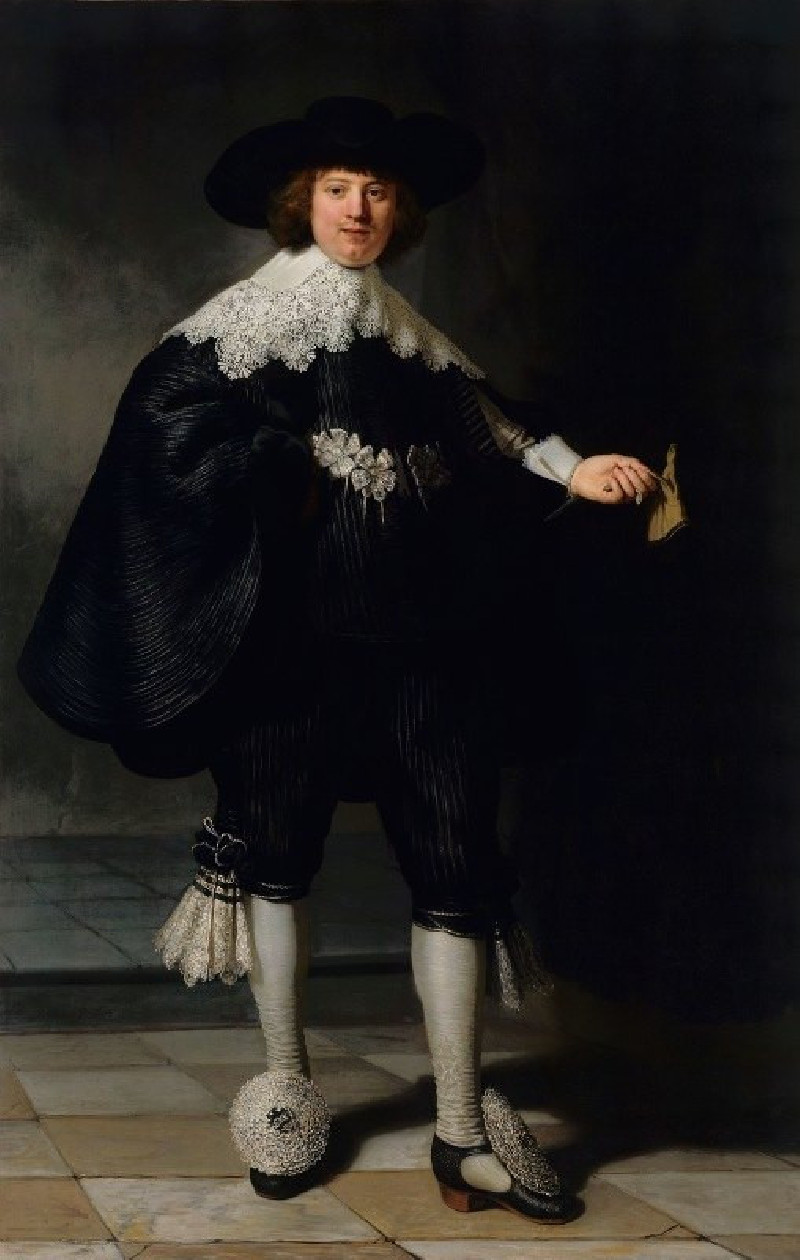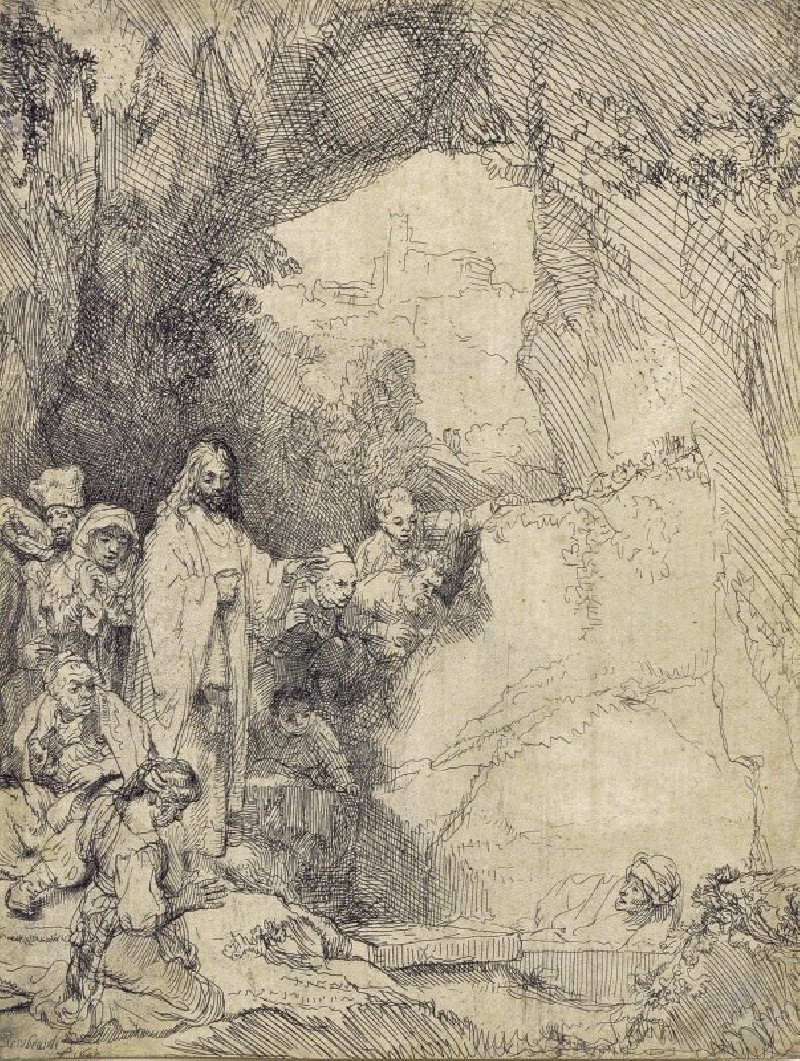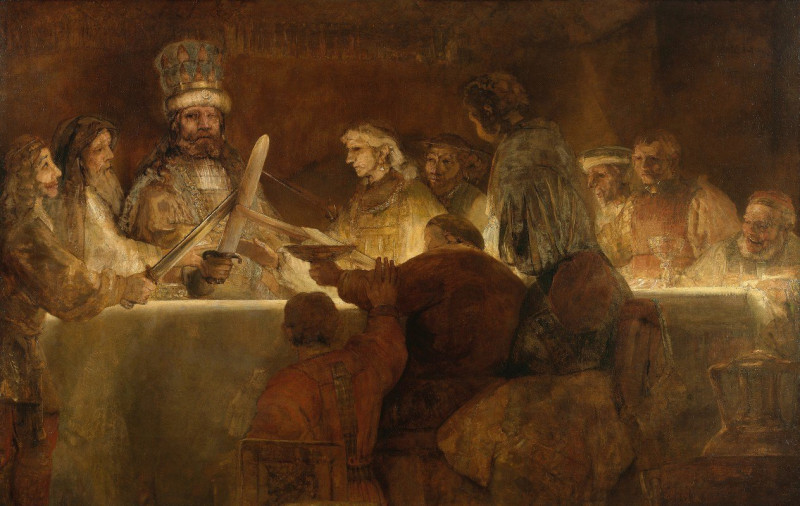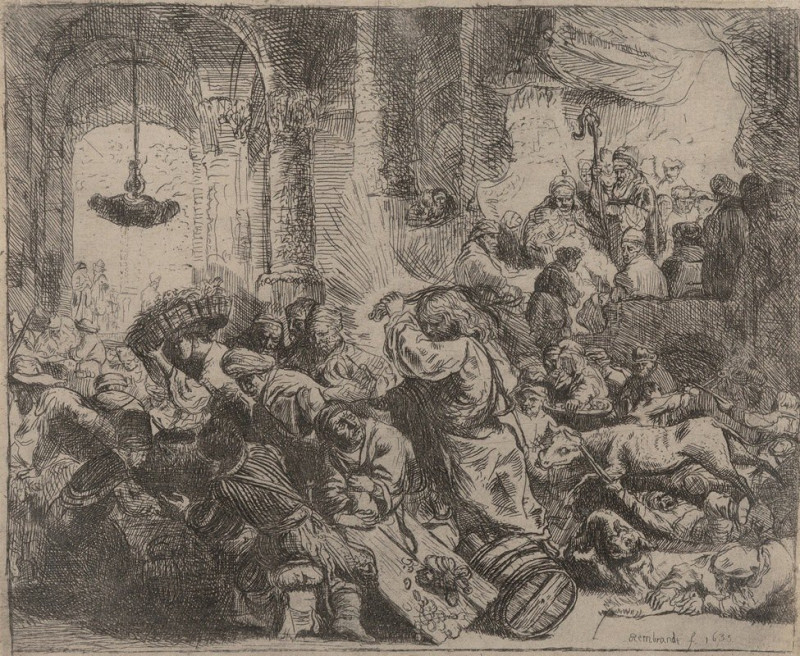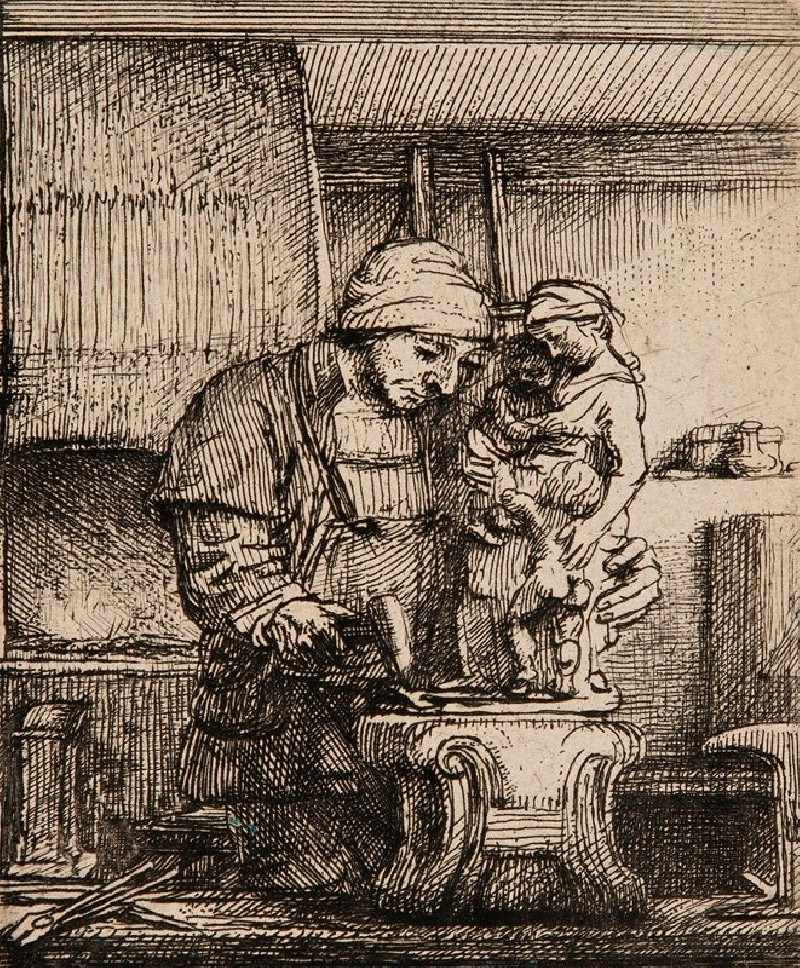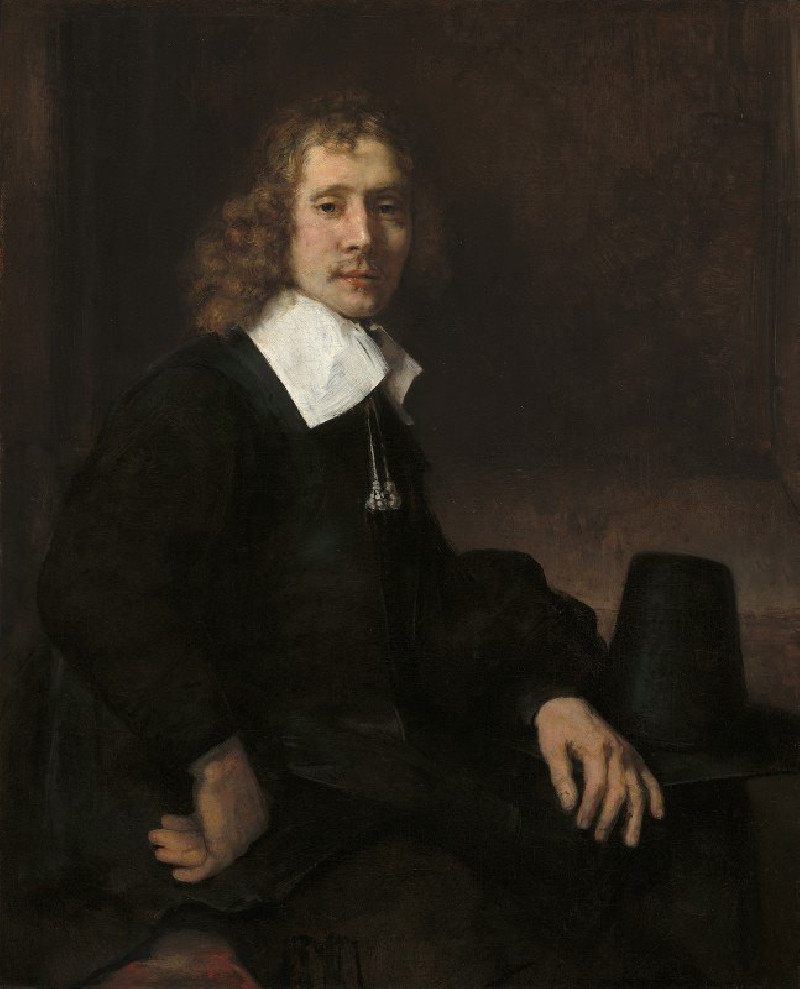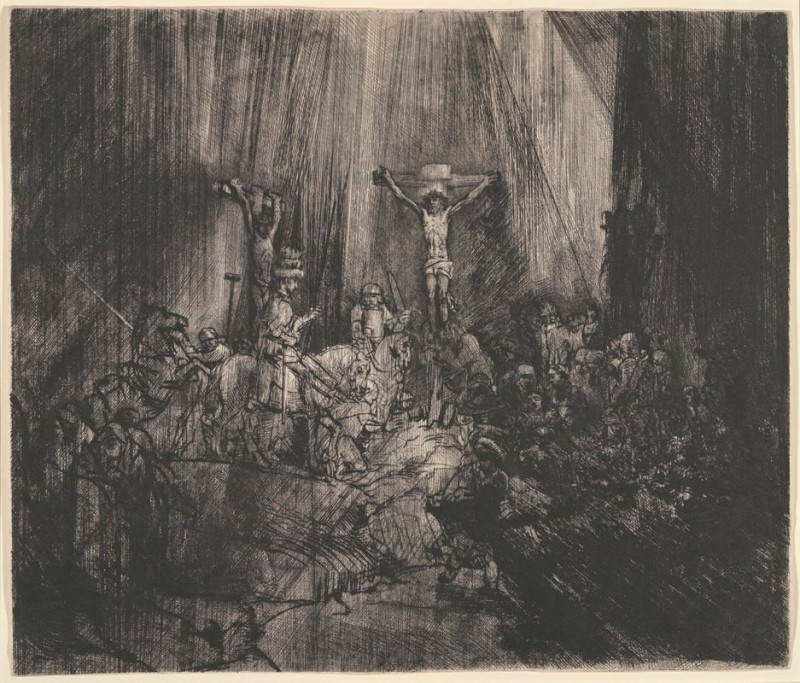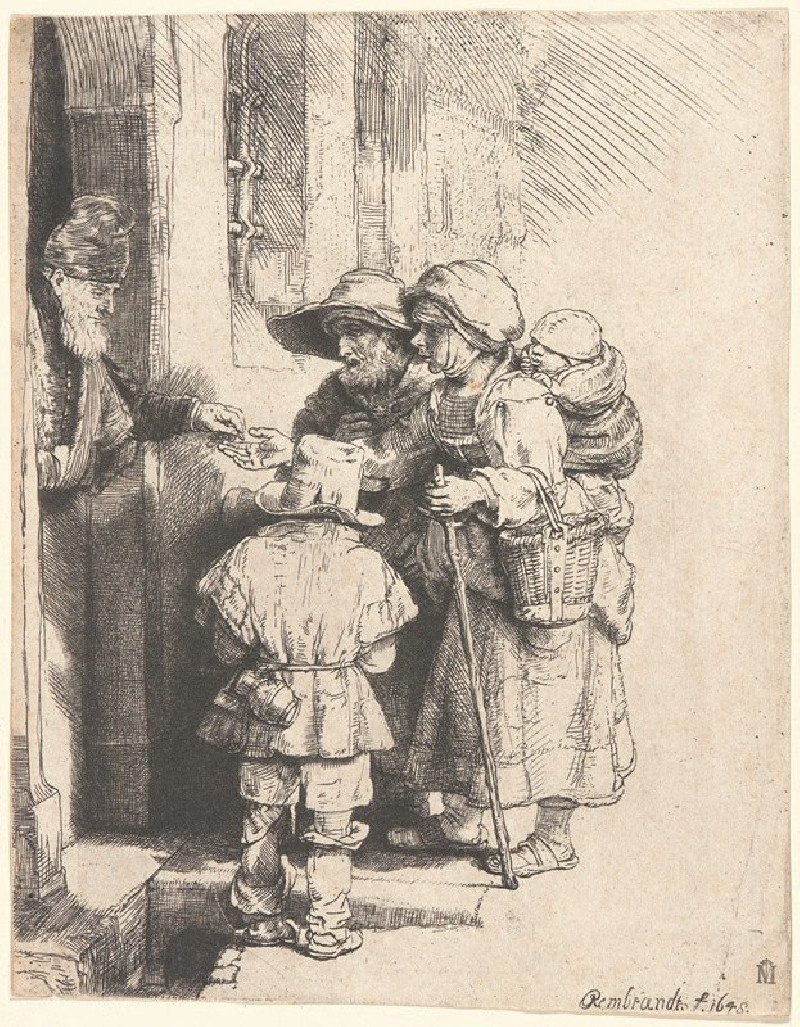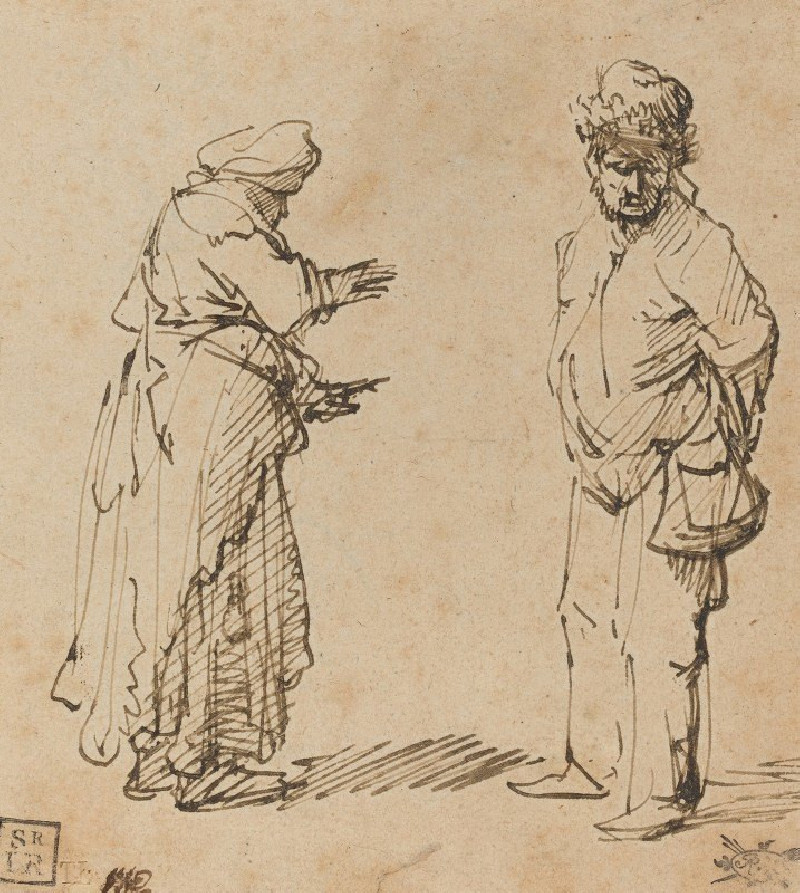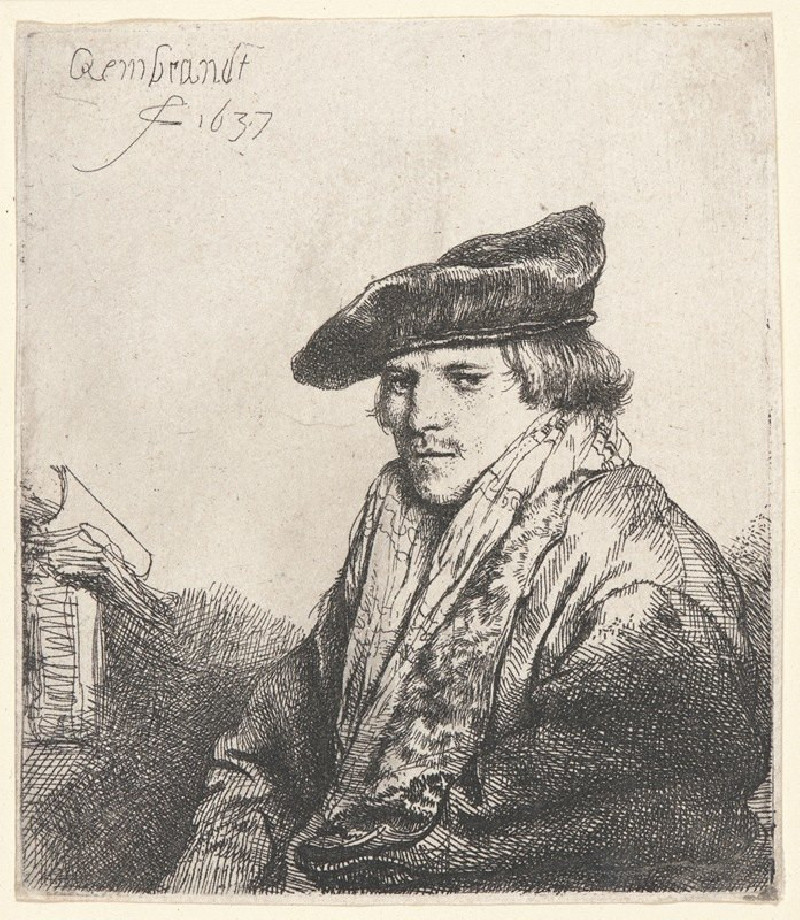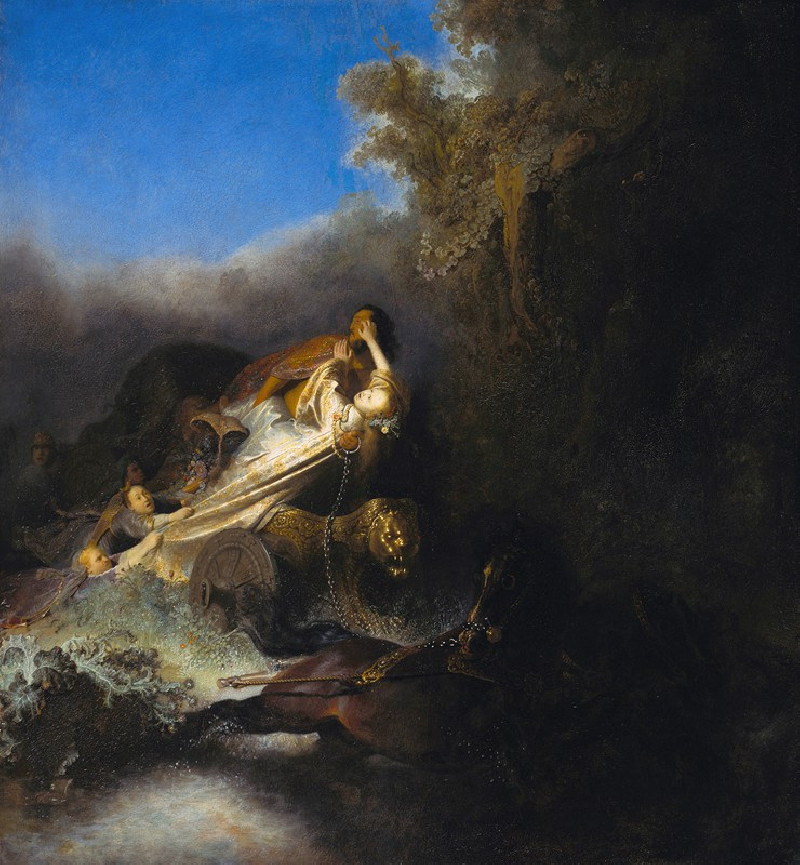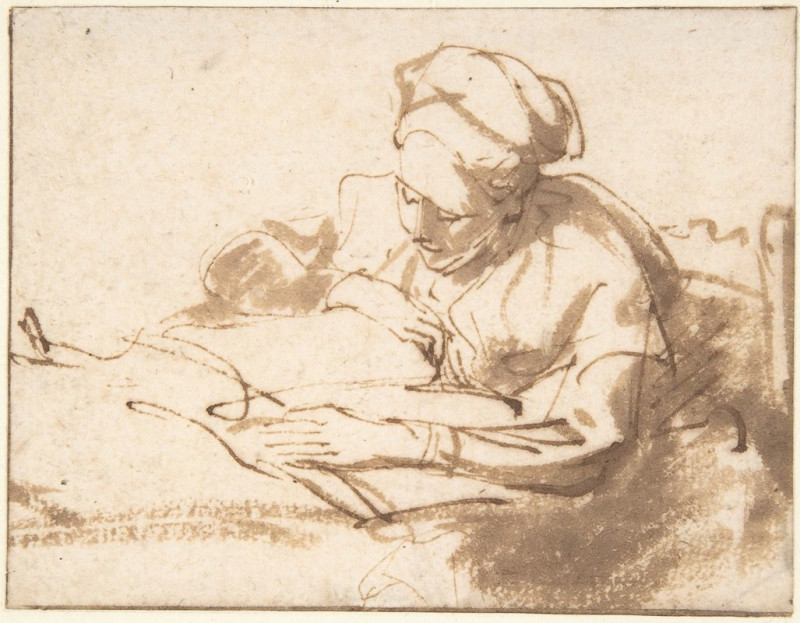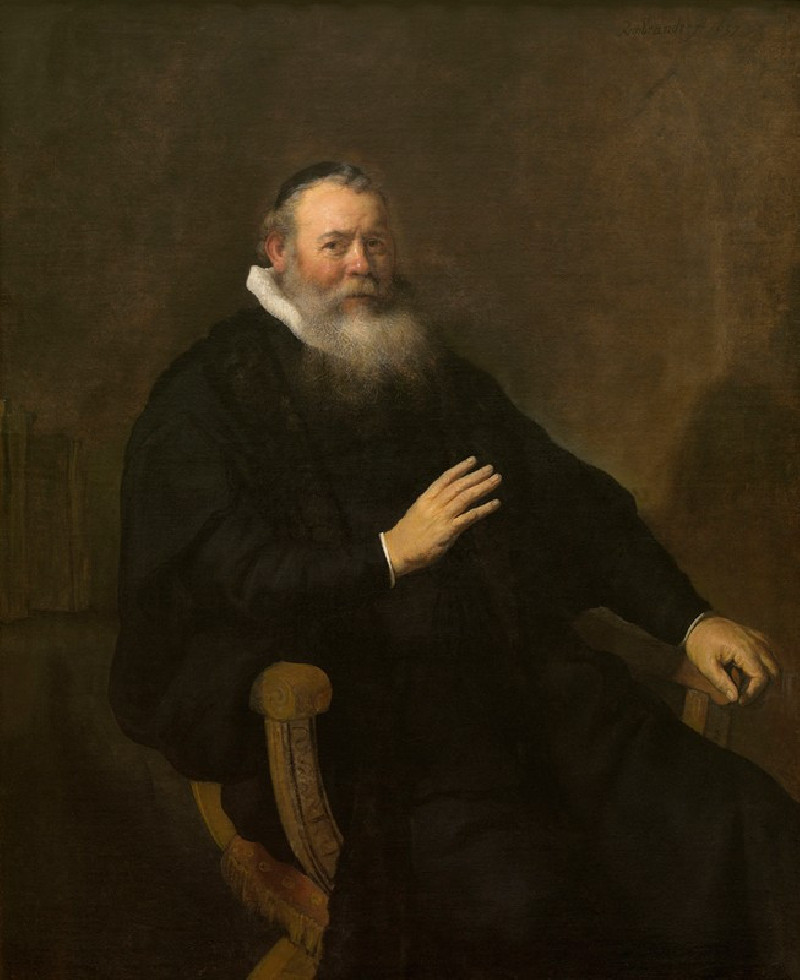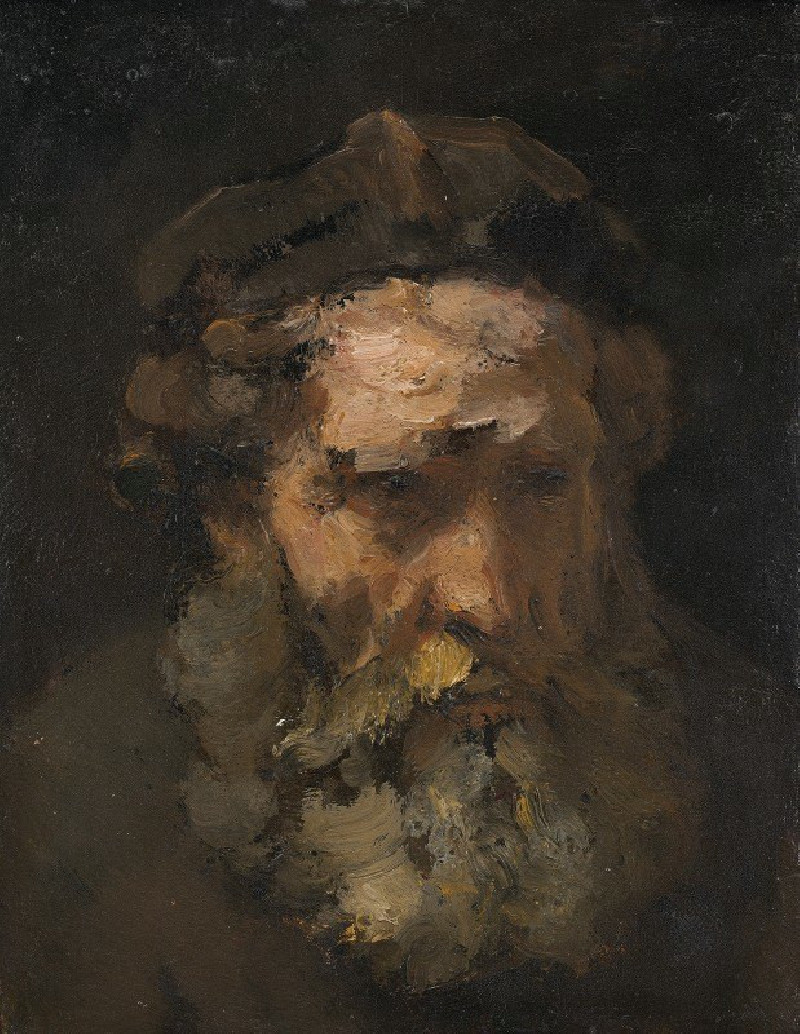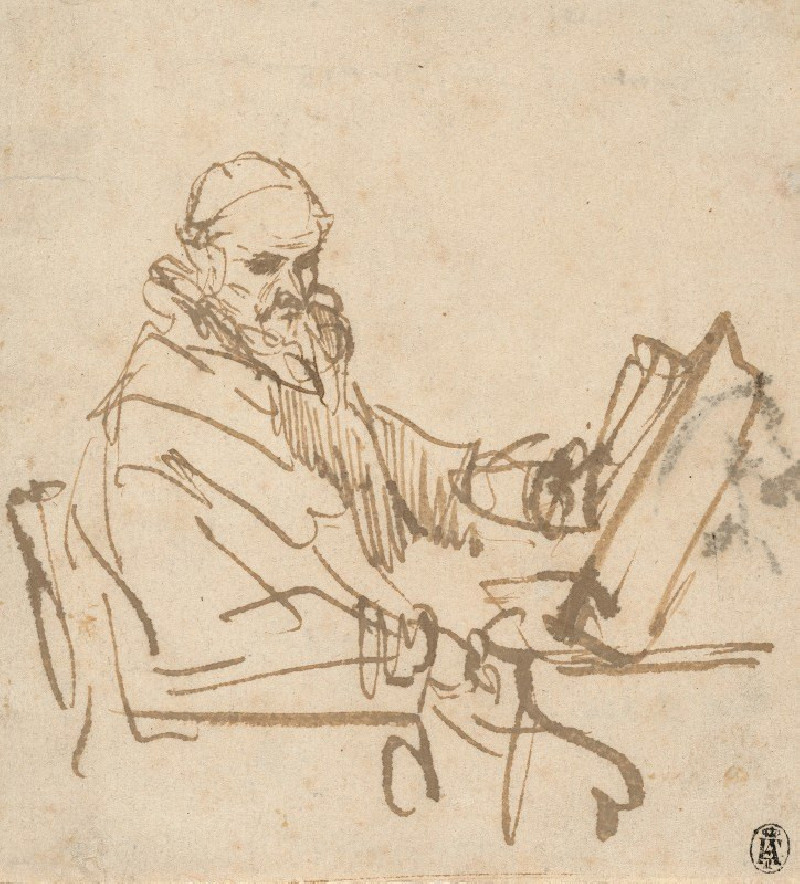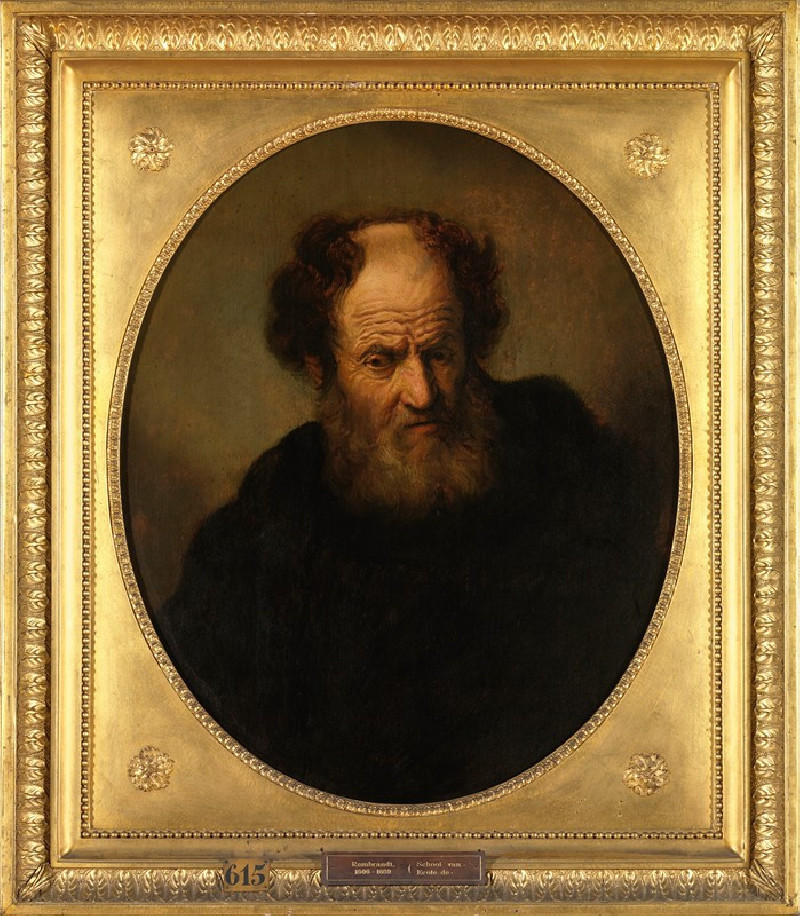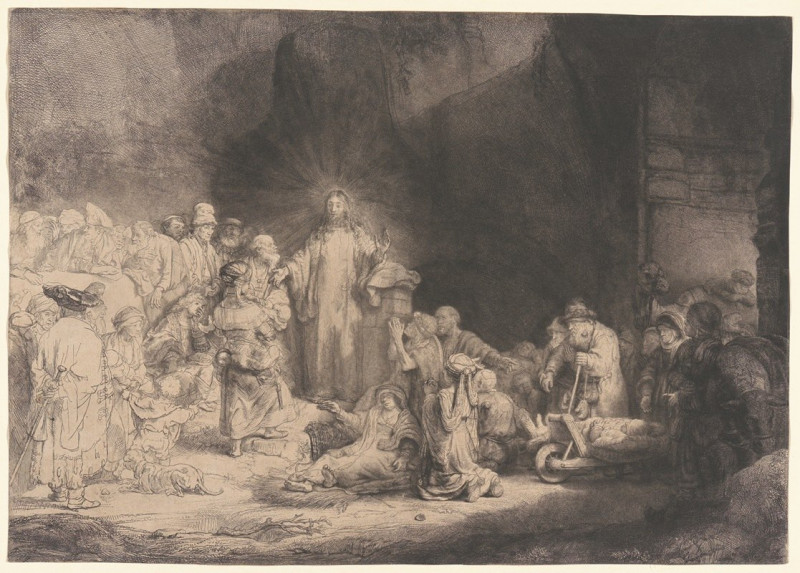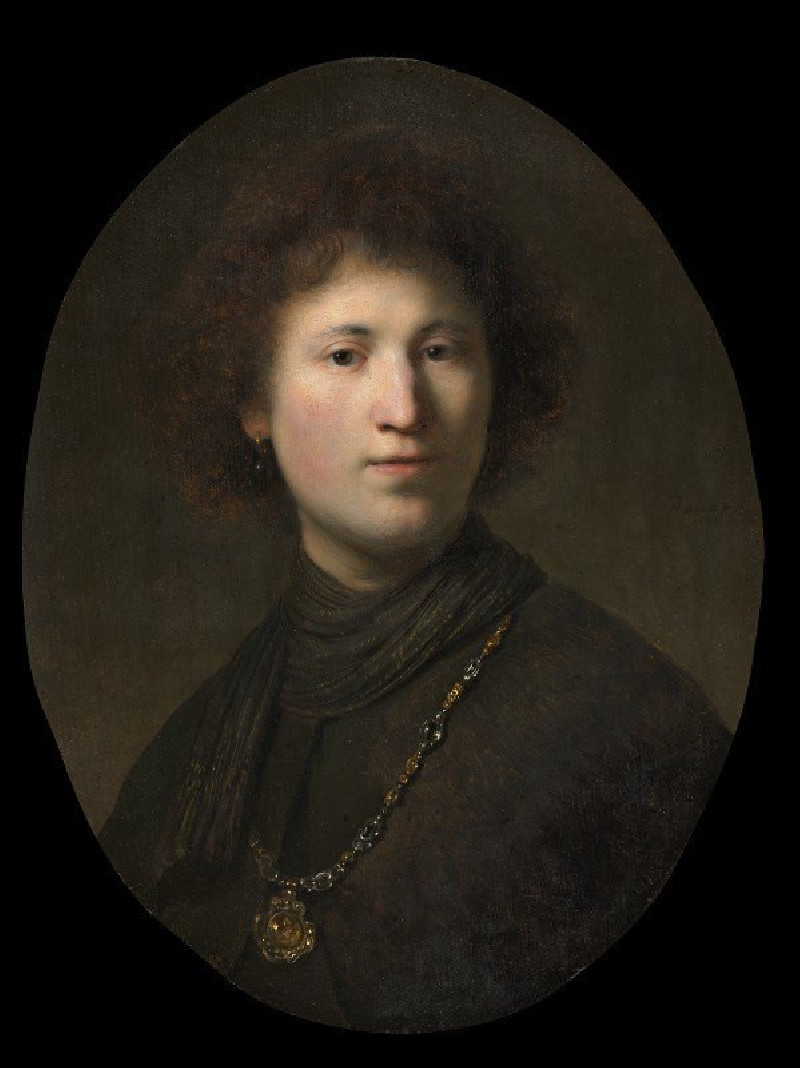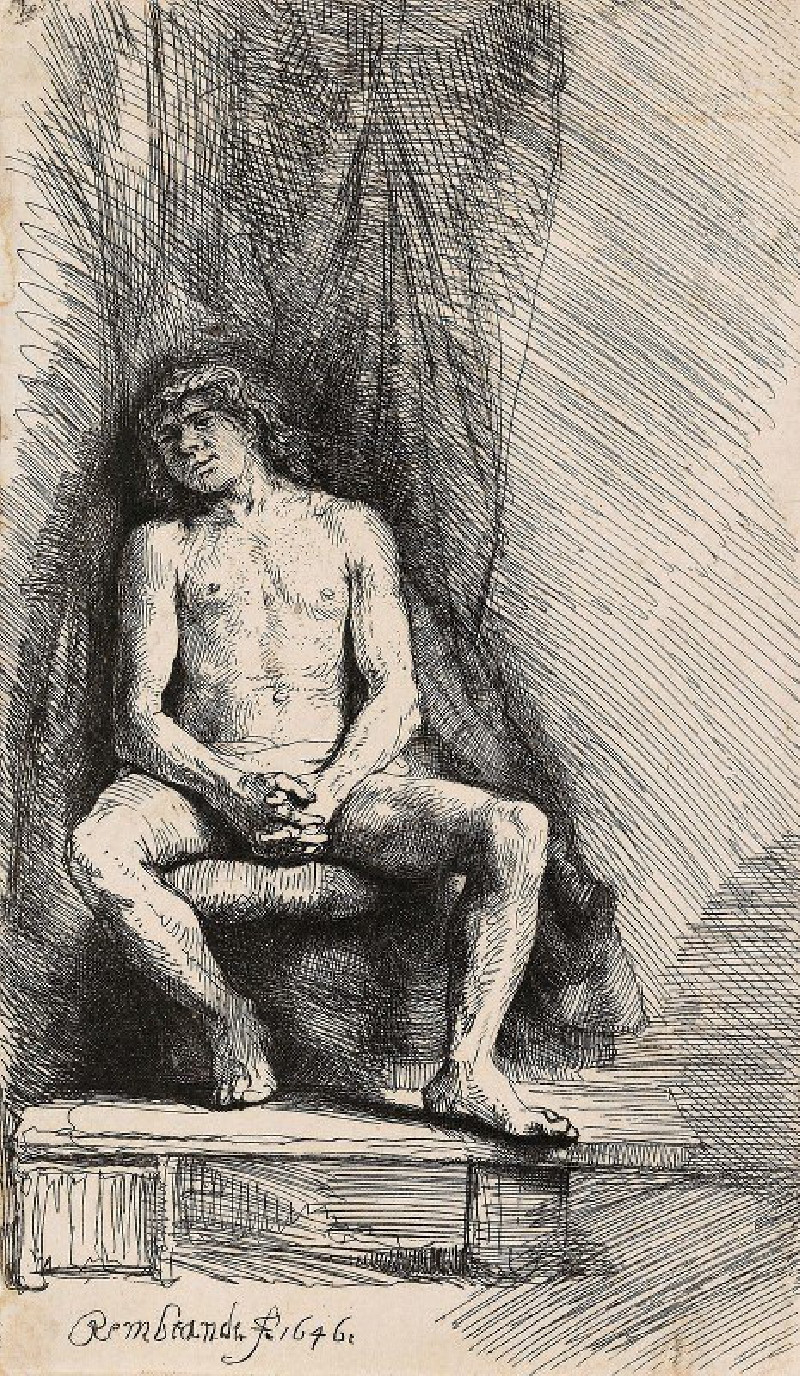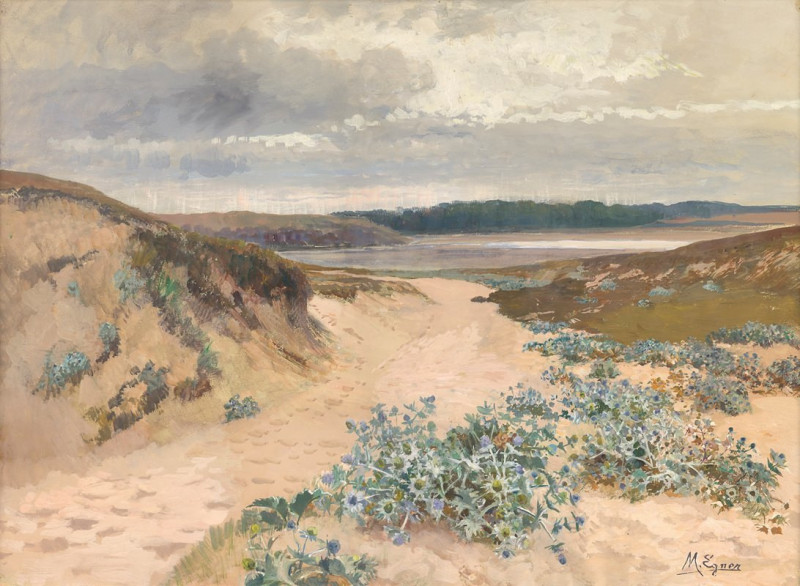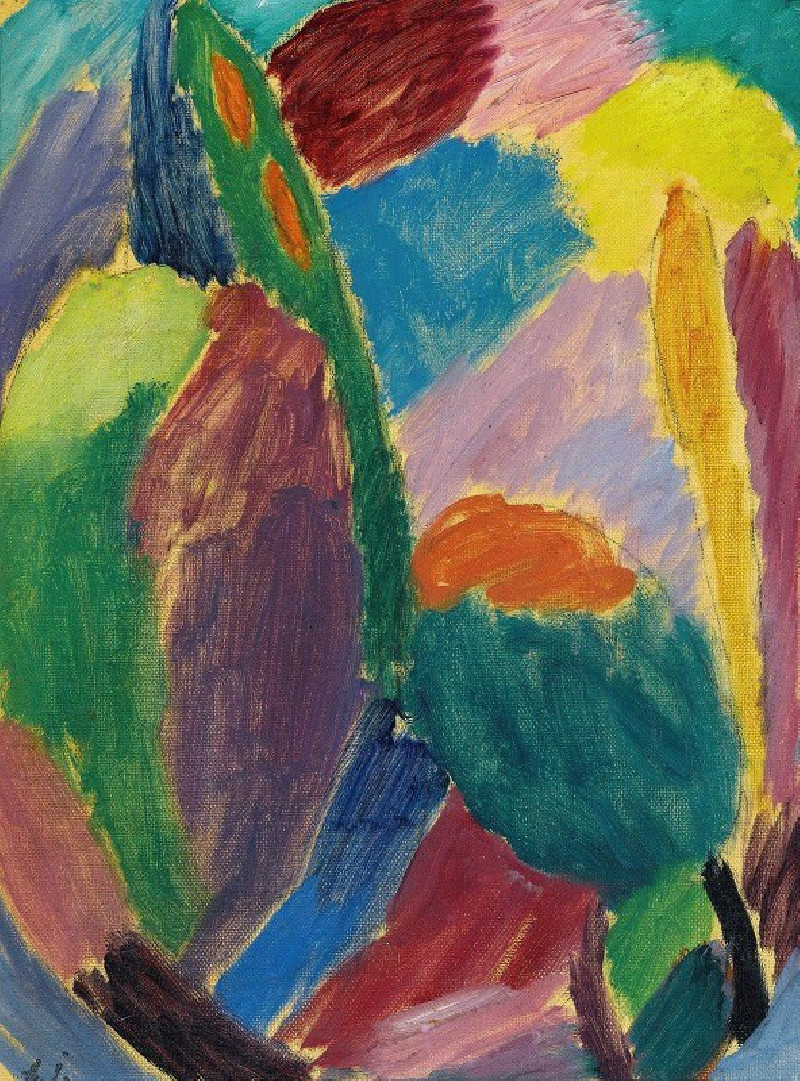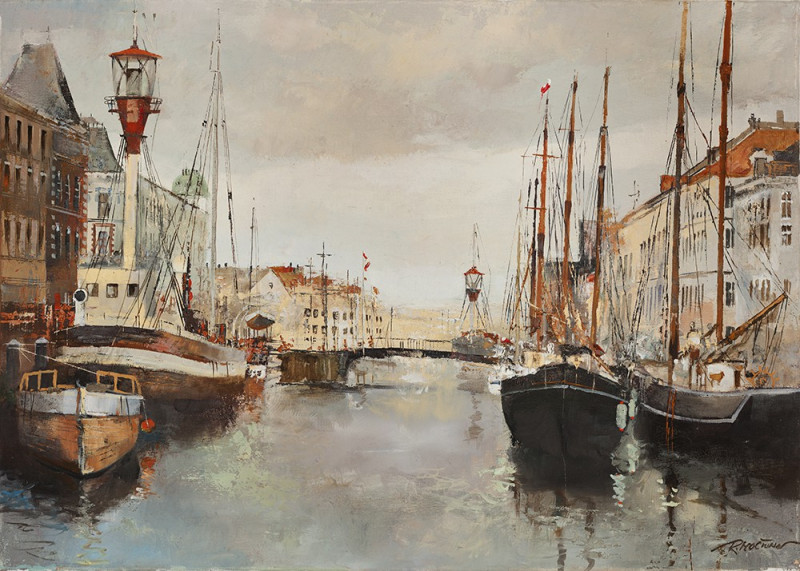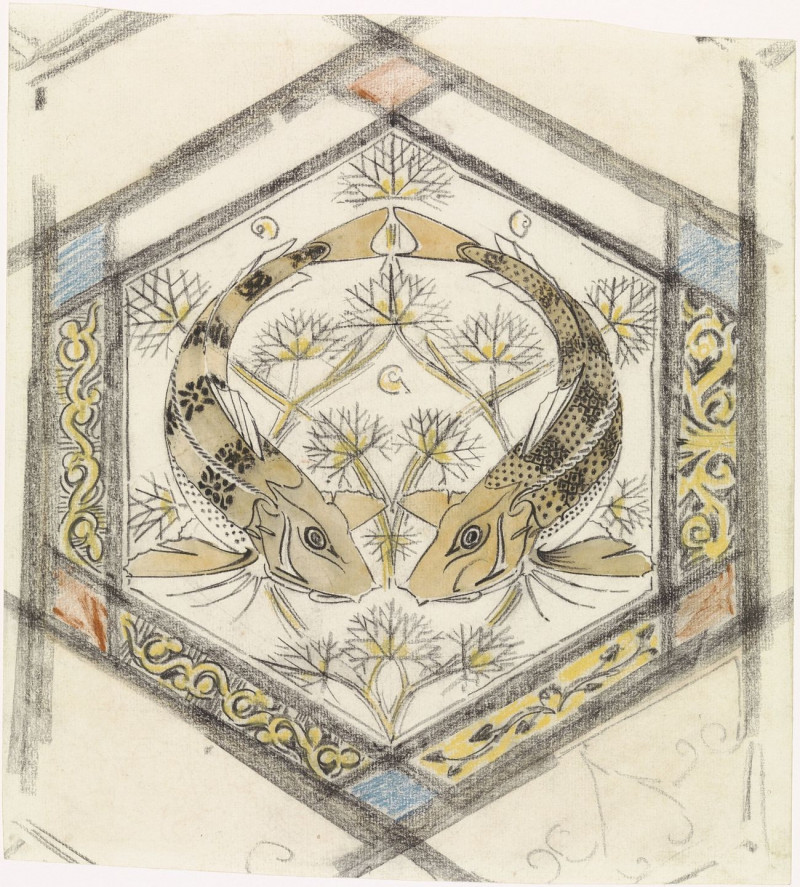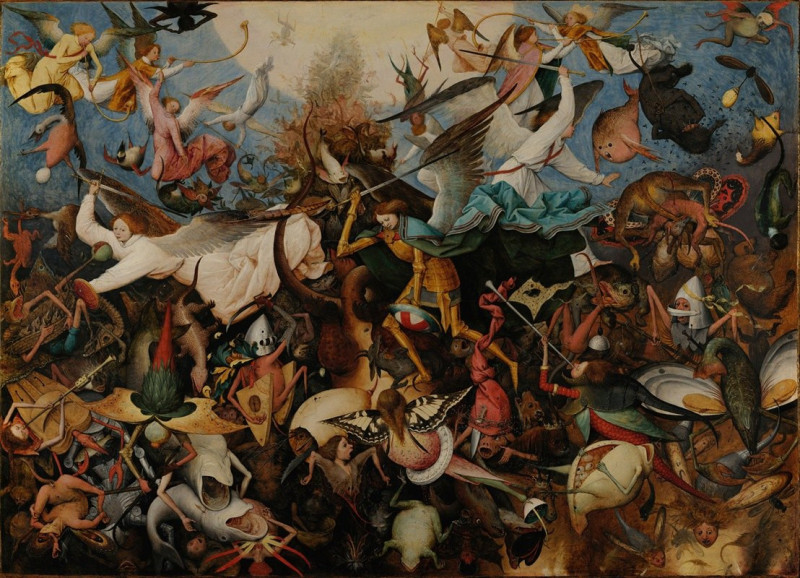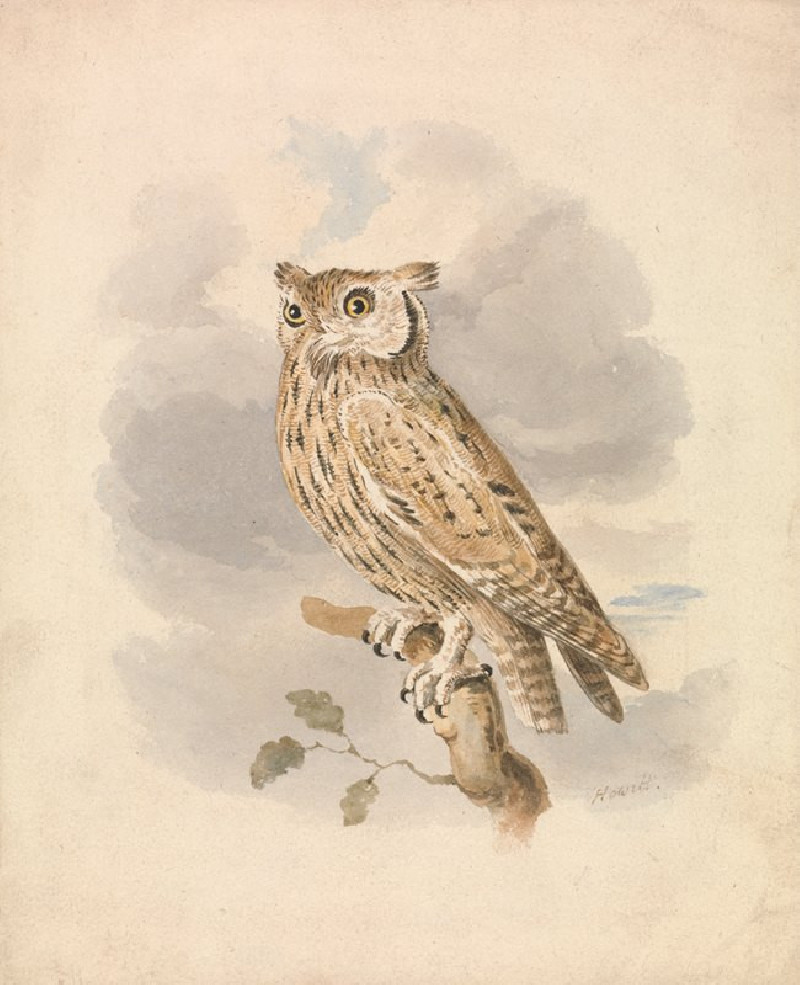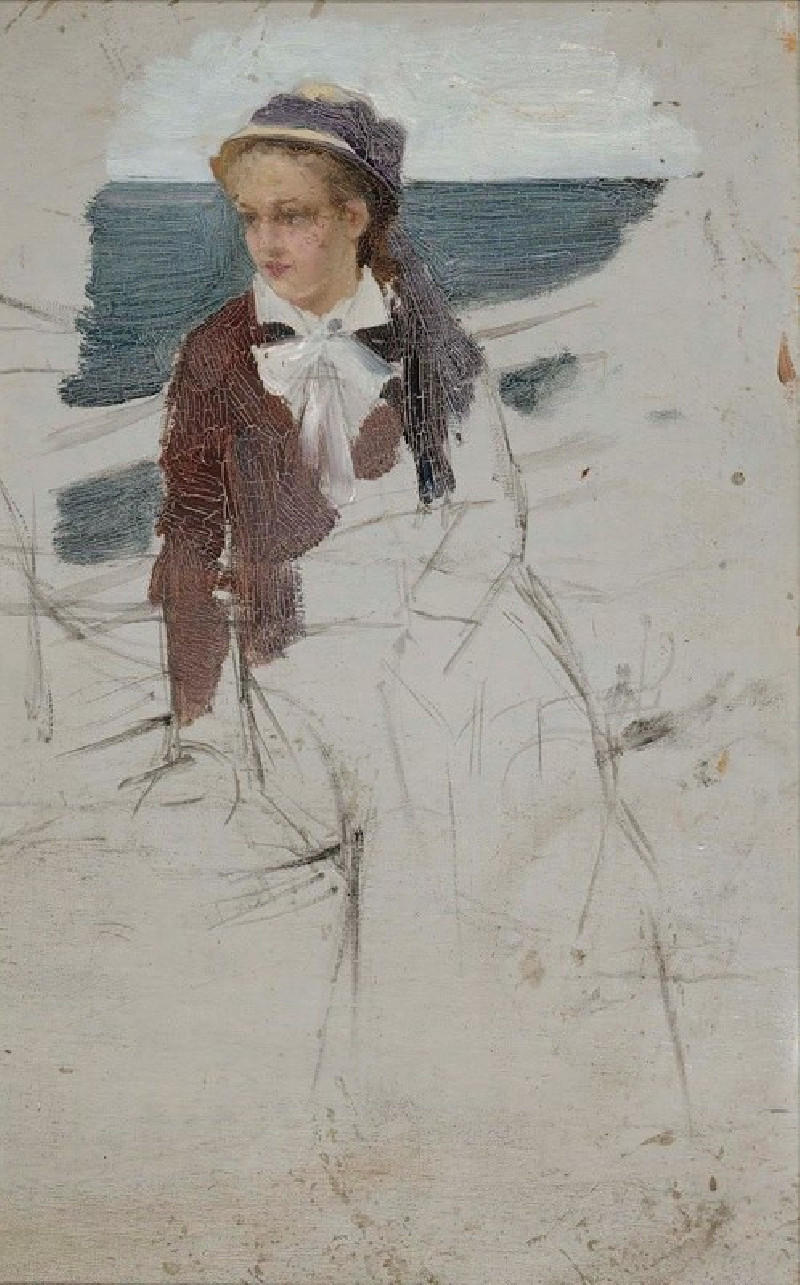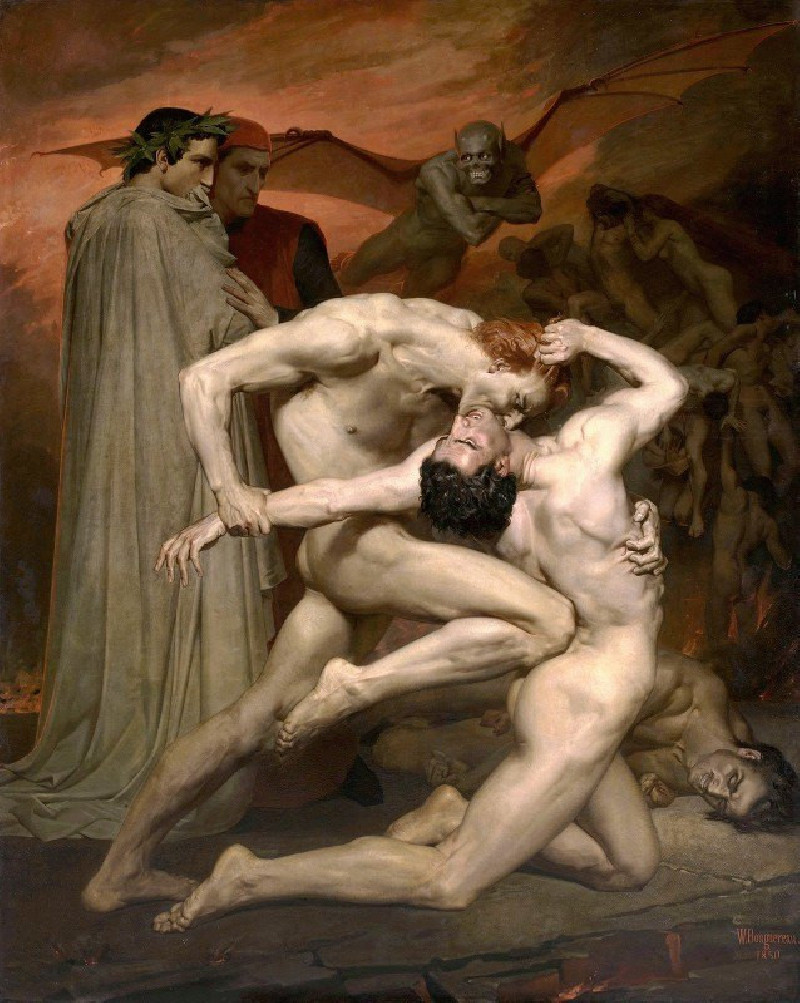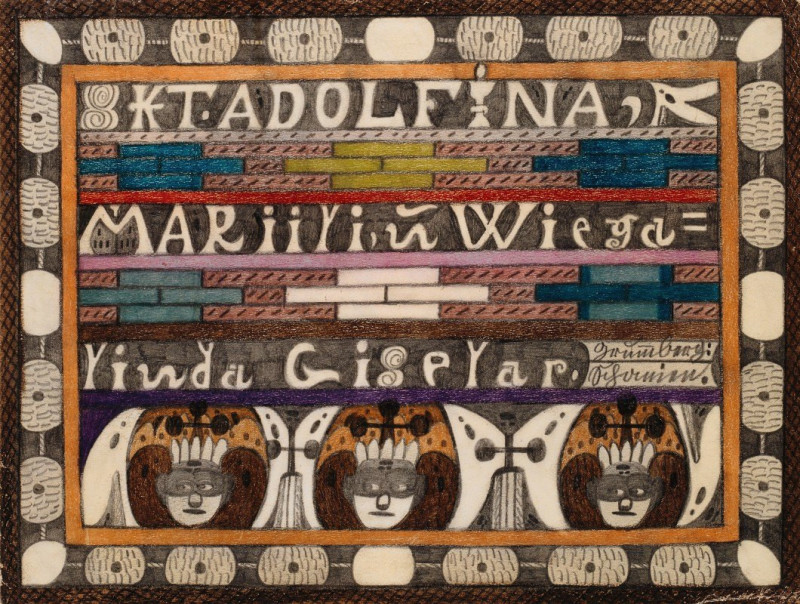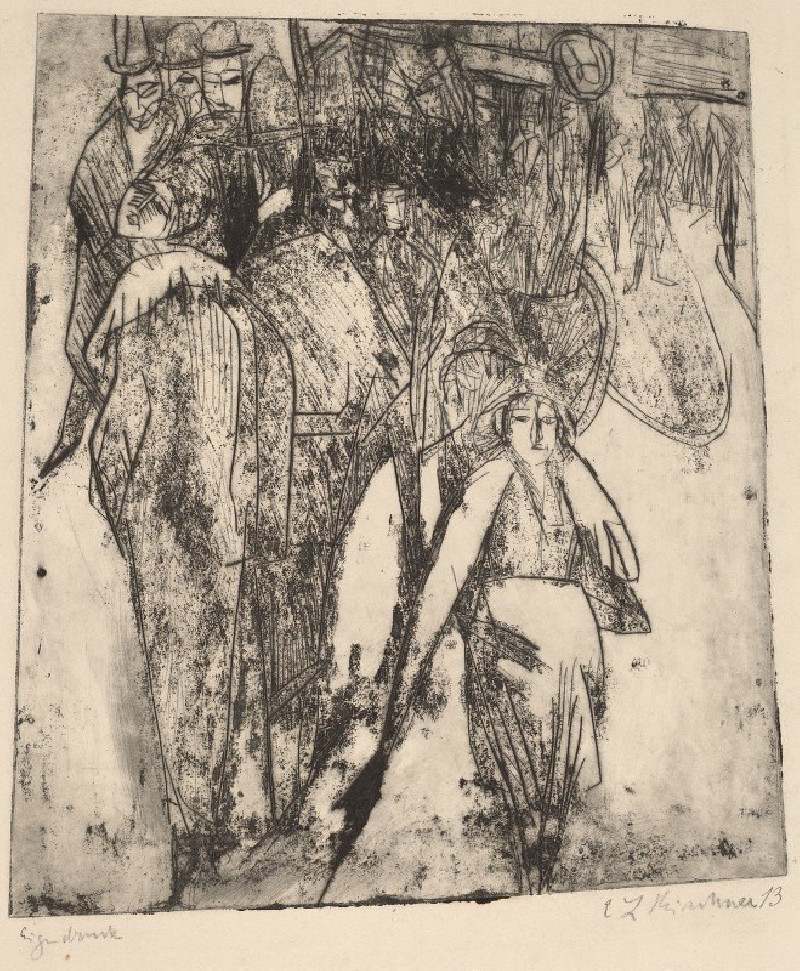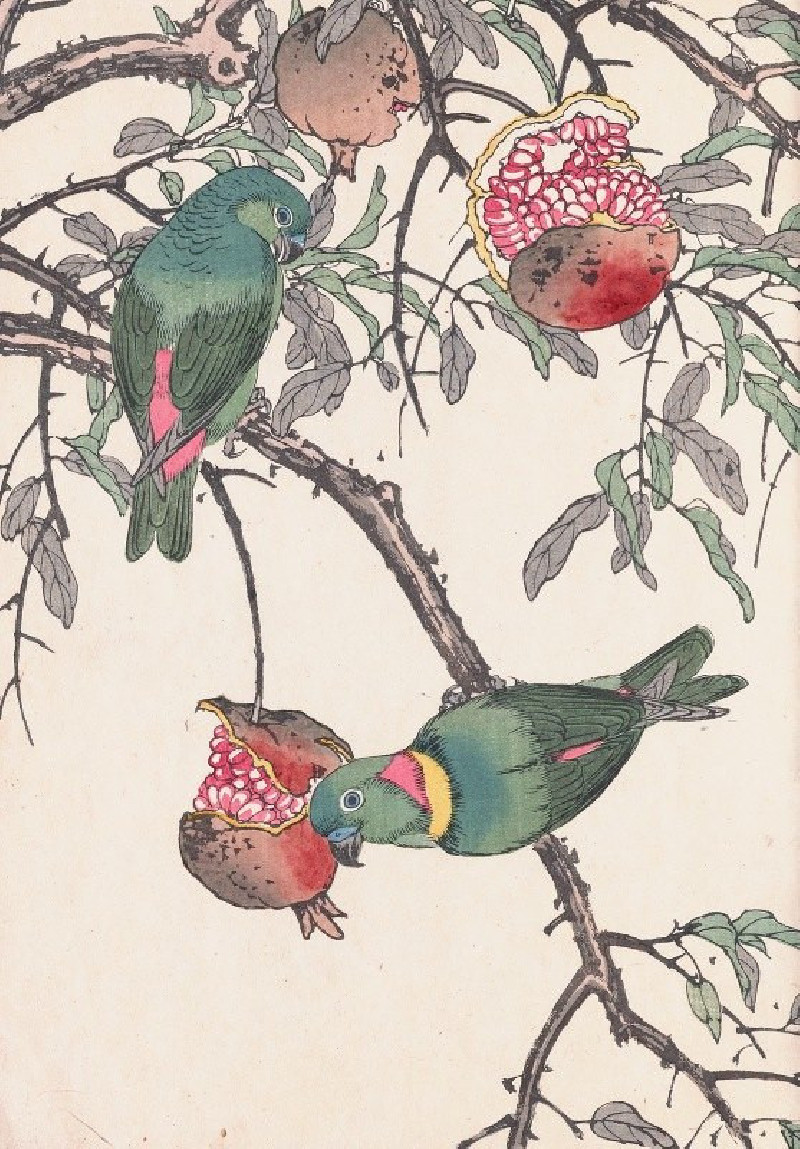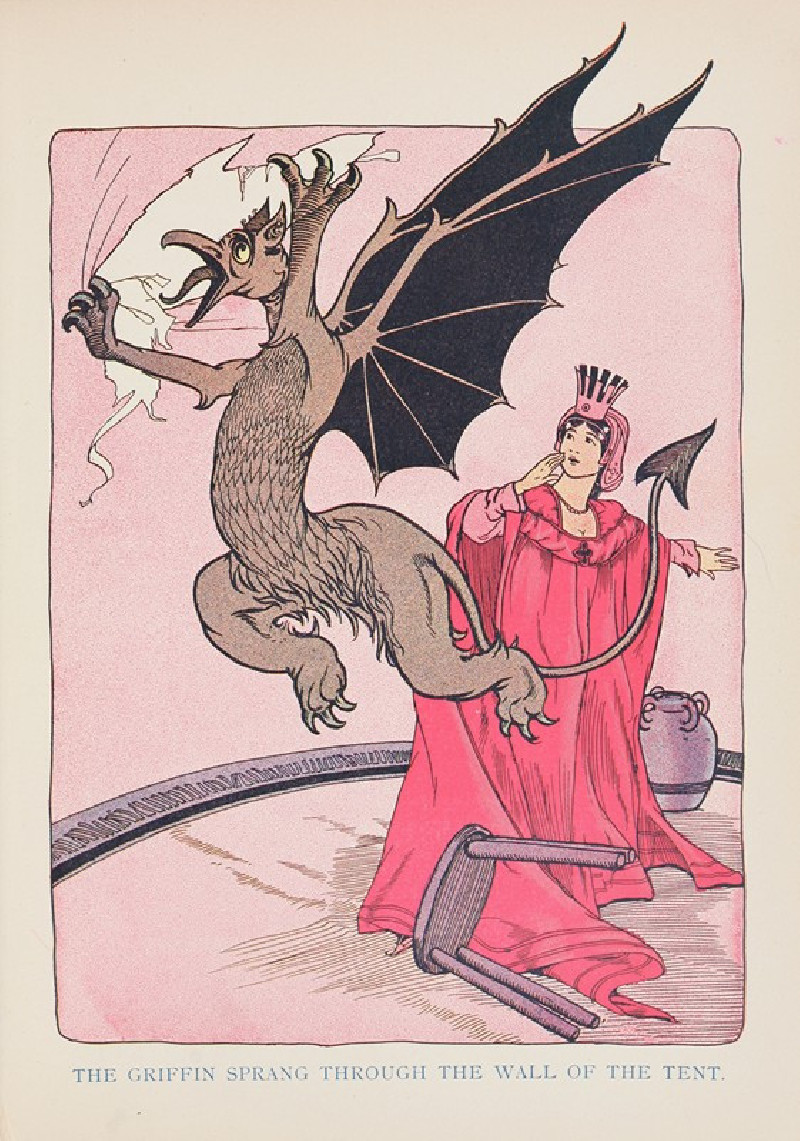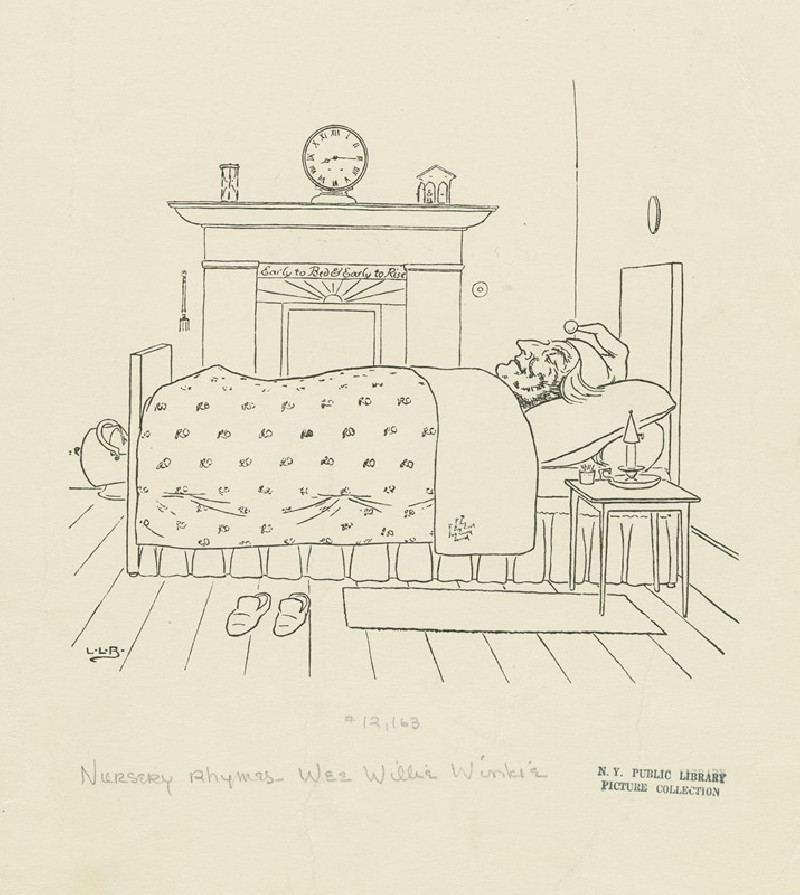Tobit and Anna with the Kid (1626)
Technique: Giclée quality print
Recommended by our customers
More about this artwork
Welcome to a stunning revelation of familial bonds and psychological drama captured by Rembrandt van Rijn in his early masterpiece, "Tobit and Anna with the Kid." Completed in 1626, this painting stands out as an exquisite example of the artist's ability to convey emotion and narrative depth through his work.The painting portrays an elderly couple, Tobit and Anna, in a rustic domestic setting. Tobit is a biblically significant figure who became blind later in life, a central theme that Rembrandt vividly brings to life in this portrayal. Seated, with an expression of resigned dependence, Tobit clasps his hands in either prayer or desperation, exemplifying his reliance on his wife due to his blindness. His pale skin and silver hair are depicted with meticulous attention to detail, enhancing his venerable appearance.Beside him stands his wife, Anna, her expression fraught with a blend of concern and earnest conversation. She leans forward, her brows furrowed as she addresses or consoles her husband, embodying a strong presence within the household. The lively goat in her arms, a symbol likely indicative of provision and domesticity, adds a layer of everyday reality to the scene.Behind the figures, the dimly lit interior is meticulously detailed, with household items that suggest a simple yet self-sustaining life. The warm glow of a fire adds a touch of coziness to the scene, counterbalancing the solemn expressions of the figures.A small, attentive dog at the bottom right corner of the painting adds life and further warmth to the composition, contributing to the narrative of daily life and companionship.
Delivery
Returns
Rembrandt Harmenszoon van Rijn was a Dutch draughtsman, painter, and printmaker. An innovative and prolific master in three media, he is generally considered one of the greatest visual artists in the history of art and the most important in Dutch art history. Unlike most Dutch masters of the 17th century, Rembrandt's works depict a wide range of style and subject matter, from portraits and self-portraits to landscapes, genre scenes, allegorical and historical scenes, and biblical and mythological themes as well as animal studies.

